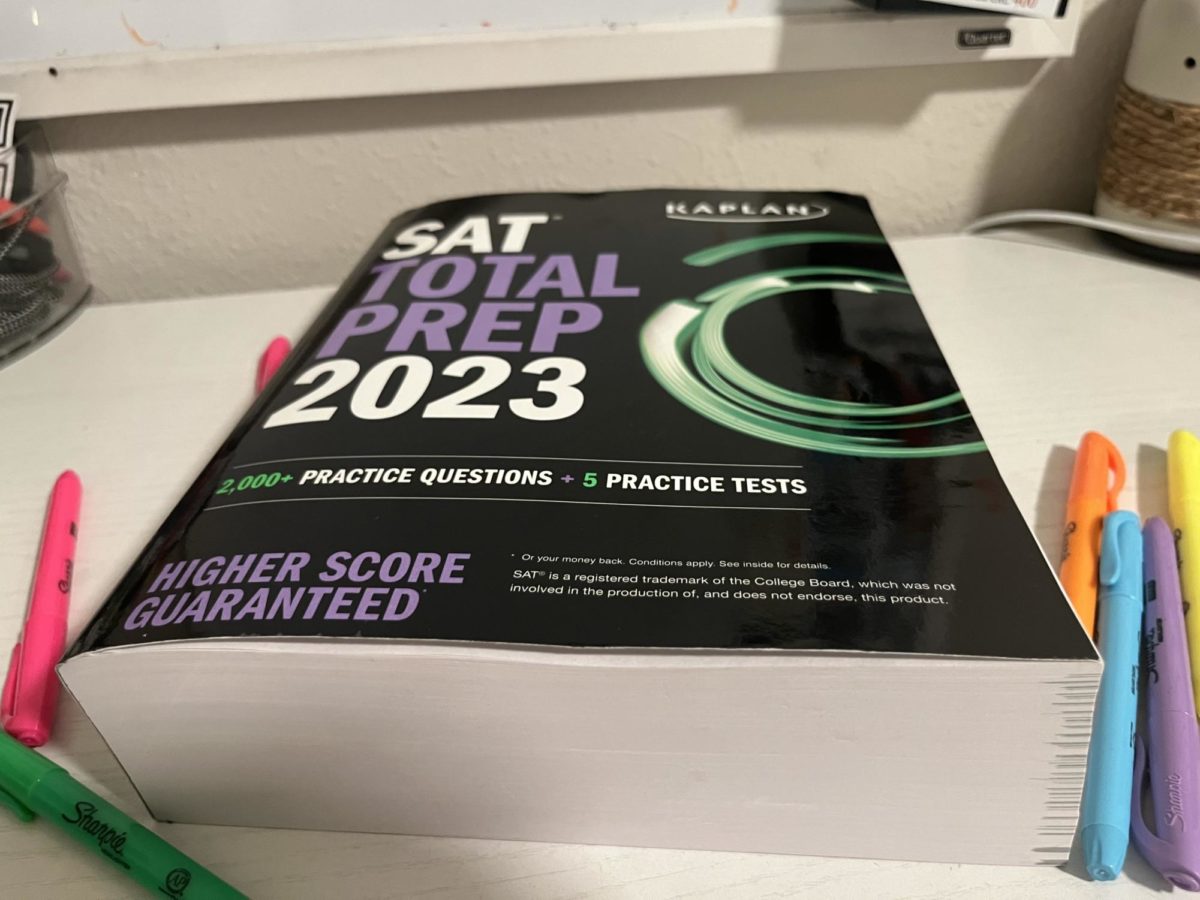With the Preliminary SAT (PSAT) up and coming, it’s a time of stress for most, and truly the best way to ease your nerves is to be prepared. The PSAT date for Robinson is Thursday, Oct. 12 for freshmen and sophomores and Tuesday, Oct.17- Thursday, Oct. 19 for juniors. More urgently, CollegeBoard has made several changes to the 2023 PSAT.
The most important change happening is the new digital version of the PSAT. Unless you have a special learning need, every student will be taking their PSAT online this year. It can be taken on a laptop or a tablet and College Board recommends, if you’re not using a school-provided device, to charge it the night before. The exam will last a little over two hours, not including breaks, and has many online tools to help you.
Some of the tools include highlighting, the ability to strike through answers and flagging questions for review. Most importantly, the calculator tool provided can be used on all math questions, unlike the previous tests where there was a calculator and non-calculator section. In the math section, there is a slight increase in the amount of time per question as well as an increase in difficult math questions. The word problems are now shorter and the previously called “grid-ins” are now named as free response. Despite these changes, CollegeBoard still recommends studying the four main maths, Algebra I and II, geometry and trigonometry.
As for the reading section, the longer passages are being replaced with shorter excerpts and more direct questions, instead of having singular line references entire portions of text are underlined. This leads to the average time per question on the new digital format being 1.19 minutes compared to 1.25 minutes on the current version. For those who are notoriously slow readers, one of the best strategies is reading the questions before the passage to save time.
“I am slightly terrified of administering the PSAT because I really don’t feel competent technologically but I do like that it seems like a shorter test, so I think that might be nice instead of sitting for six hours. Overall I think it will benefit students,” said Jennell Peteranecz, IB English teacher.
While the test is still being split up into reading and math sections, each section is divided further into two modules. The new digital format will consist of two modules of varying difficulty. Once the first module is completed, one of two potential second-stage modules will be administered. The difficulty of module two is dependent on module one performance. This makes the digital format adaptive to the student’s level of understanding. The questions in each module are grouped together based on similar skills and knowledge and arranged from easiest to hardest, so don’t stress if you’re suddenly having a harder time with the problems.
“The digital PSAT is interesting, I think in some aspects it’s easier but it’s also hard in the sense that it’s test adaptive. It definitely will have an impact nationwide, and I’m sure that other companies like the ACT will also soon start to shift their tests to digital versions,” Ayan Nallamshetty (’25) added.
While some students are still doubtful of the new digital version, a definite pro is the faster grading. The one thing that all students have in common after taking the PSAT is a sense of anxiousness to know their score. For the digital format, there’s an option to give CollegeBoard your number and if you download the BigFuture School Mobile App your results can be sent directly to your phone as soon as your test is graded. Along with getting the results quicker, the score report will also provide a more detailed breakdown of a students’ performance in different areas. CollegeBoard hopes to achieve the goal of increasing the fairness and relevance of standardized testing and making the testing experience easier for all students.



